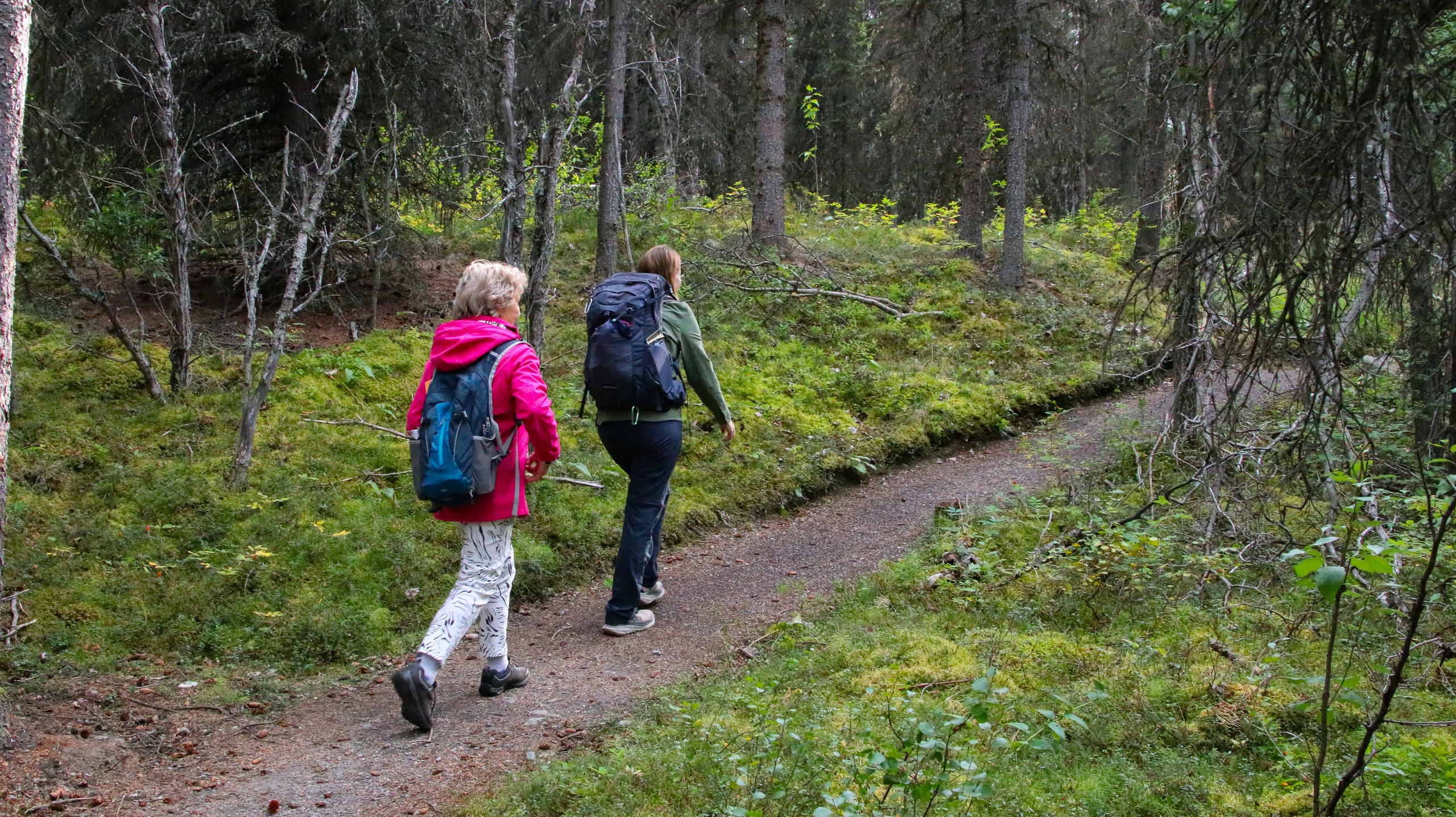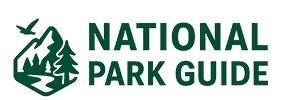Edge of the Map: A Practical Guide to Fiordland’s Waterfalls, Walks, and Wild Silence
A grounded, go-anytime guide to cruising, hiking, and listening hard in New Zealand’s wildest corner
At first light on the Milford Road, the forest exhales a cool breath across the asphalt. Kea gossip from guardrails as if they own the place—which, in a way, they do. Mist threads the beech canopy and the rivers shoulder their way to sea, pushing hard, daring you to keep up. If New Zealand has a last page, Fiordland National Park is written on it in deep, wet ink.
Trail Wisdom
Chase the first cruise of the day
Morning departures on Milford Sound often mean calmer water, softer light, and fewer boats in your frame.
Pack for four seasons
Fiordland’s weather turns fast—carry a waterproof jacket, warm midlayer, and dry bag even in summer.
Respect the sandflies
Apply repellent before you reach the foreshore and keep moving during calm, humid spells near water.
Leave no trace, seriously
Stay on formed tracks, carry out all rubbish, and don’t feed kea—human food harms their health and behavior.
Local Knowledge
Hidden Gems
- •Lake Marian’s alpine basin for a half-day hike with big payoff
- •Humboldt Falls in the Hollyford Valley for a quick, towering cascade
Wildlife
Fiordland crested penguin (tawaki), New Zealand fur seal
Conservation Note
Fiordland is part of the Te Wāhipounamu UNESCO World Heritage Area. Clean, check, and dry gear to prevent freshwater pests, and never feed kea or seals.
Māori navigated these valleys for pounamu trading routes; James Cook named Doubtful Sound 'Doubtful Harbour' in 1770, wary of sailing out under light winds.
Seasonal Guide
spring
Best for: Roaring waterfalls, Birdsong-rich forest walks
Challenges: Lingering snow on alpine sections, Changeable weather and slick roots
Spring brings powerful flows and fresh green in the beech forest. Expect variable conditions and be cautious on higher trails.
summer
Best for: Long daylight hours, Sea cruises and kayaking
Challenges: Peak visitation, Intense UV and hungry sandflies
Summer offers stable windows and warm temps, ideal for the water. Book ahead and protect skin from strong southern sun.
fall
Best for: Fewer crowds, Settled weather and golden beech
Challenges: Cool nights, Early dusk and occasional heavy rain
Autumn can be a sweet spot—crisp air and clearer views. Carry an extra layer and a headlamp for late returns.
winter
Best for: Crystal-clear air, Moody, crowd-free photography
Challenges: Snow and ice on roads and tracks, Limited services; chain requirements possible
Winter is quiet and striking. Check road conditions, start late for sun on the road, and carry microspikes if heading higher.
Photographer's Notes
What to Bring
Waterproof, breathable rain jacket with hoodEssential
Fiordland is famously wet—stay dry and happy when squalls hit on trail or deck.
Waterproof hiking shoes or mid-cut bootsEssential
Roots, slick rock, and muddy sections reward solid traction and ankle protection.
Insect repellent (high-DEET or picaridin)Essential
Sandflies are relentless near water in warm months; repellent keeps stops comfortable.
Dry bag or pack rain cover
Protects camera, layers, and snacks during boat spray and sudden downpours.
Common Questions
What’s the best base for exploring Fiordland?
Te Anau is the main gateway with lodging, groceries, and the DOC Visitor Centre; Milford Sound has limited services and no fuel.
Do I need a guide or can I self-drive the Milford Road?
Confident drivers often self-drive (118 km, ~2 hours each way from Te Anau), stopping at pullouts. In poor weather or peak season, tours reduce stress and include commentary.
Can I do Milford Sound and Doubtful Sound in one day?
It’s not practical. Doubtful Sound requires a boat-bus-boat journey and takes most of a day. Plan each fiord on separate days.
Are the short hikes suitable for families?
Yes. Key Summit (8 km return) and Lake Marian (6–7 km return) suit active families; Lake Marian is steeper and rooty—allow extra time.
What’s the weather really like?
Highly variable. Milford is one of the wettest places on Earth. Carry layers year-round and expect rapid changes, even within a single hour.
Can I fly a drone in Fiordland National Park?
No, recreational drones are not permitted in New Zealand national parks without a concession from the Department of Conservation.
What to Pack
Waterproof shell for sudden downpours; high-DEET or picaridin repellent for sandflies; grippy hiking shoes for slick roots and boardwalks; dry bag for camera and layers on cruises or rainy hikes.
Did You Know
Milford Sound averages more than 6,000 mm of rain annually—making it one of the wettest inhabited places on Earth and fueling hundreds of temporary waterfalls after storms.
Quick Travel Tips
Fuel up in Te Anau—there’s no fuel at Milford Sound; Book cruises and Doubtful Sound trips in advance during summer; Start the Milford Road early to avoid tour-bus waves and find parking; Always check road and weather updates—avalanches and slips can close sections without much notice.
Local Flavor
After a day on the water or trail, circle back to Te Anau for classic Southland fare—fresh fish and chips, venison pies, and a locally brewed pint. Lakeside picnic tables make an easy sunset spot, and on clear nights you’ll catch a deep southern sky worth lingering under.
Logistics Snapshot
Closest airports: Queenstown (ZQN) and Invercargill (IVC). Base yourself in Te Anau (2 hours from Queenstown). Te Anau to Milford Sound: 118 km, allow ~2 hours each way without stops. Cell service is limited to towns and a few pullouts; plan offline maps. No permit needed for day hikes; Great Walk huts/camps and Doubtful Sound trips require advance bookings.
Sustainability Note
This park anchors the Te Wāhipounamu World Heritage Area. Stick to formed tracks, pack out all trash, use biosecure cleaning for footwear and boats, and give wildlife ample space—your restraint protects a globally significant ecosystem.
Continue Reading

Canyon Wave: Rafting Denali’s Glacial Heart on the Nenana River
The Nenana River doesn’t whisper—it urges you forward. On the Canyon Wave run, you’ll punch through crisp, glacial rapids beneath Denali’s ramparts, trading roadside views for a front-row seat to Alaska’s wild hydraulics. Cold water, big smiles, and a canyon that knows how to keep pace.
Healy, Alaska

Chasing Light in Denali: An Afternoon Hike Across Taiga and Tundra
Trade the tour bus for tundra. This guided afternoon hike threads from shadowed spruce to open ridgeline, where Denali’s valleys breathe wide and the wind calls the cadence. Come for the views, stay for the stories beneath your boots.
Denali Park, Alaska

